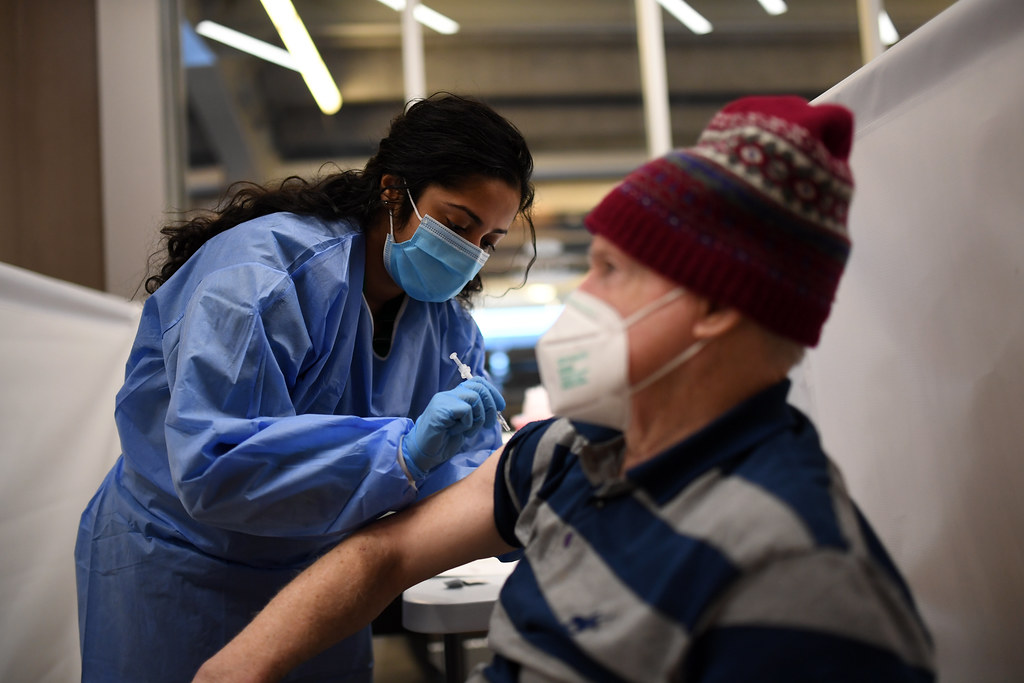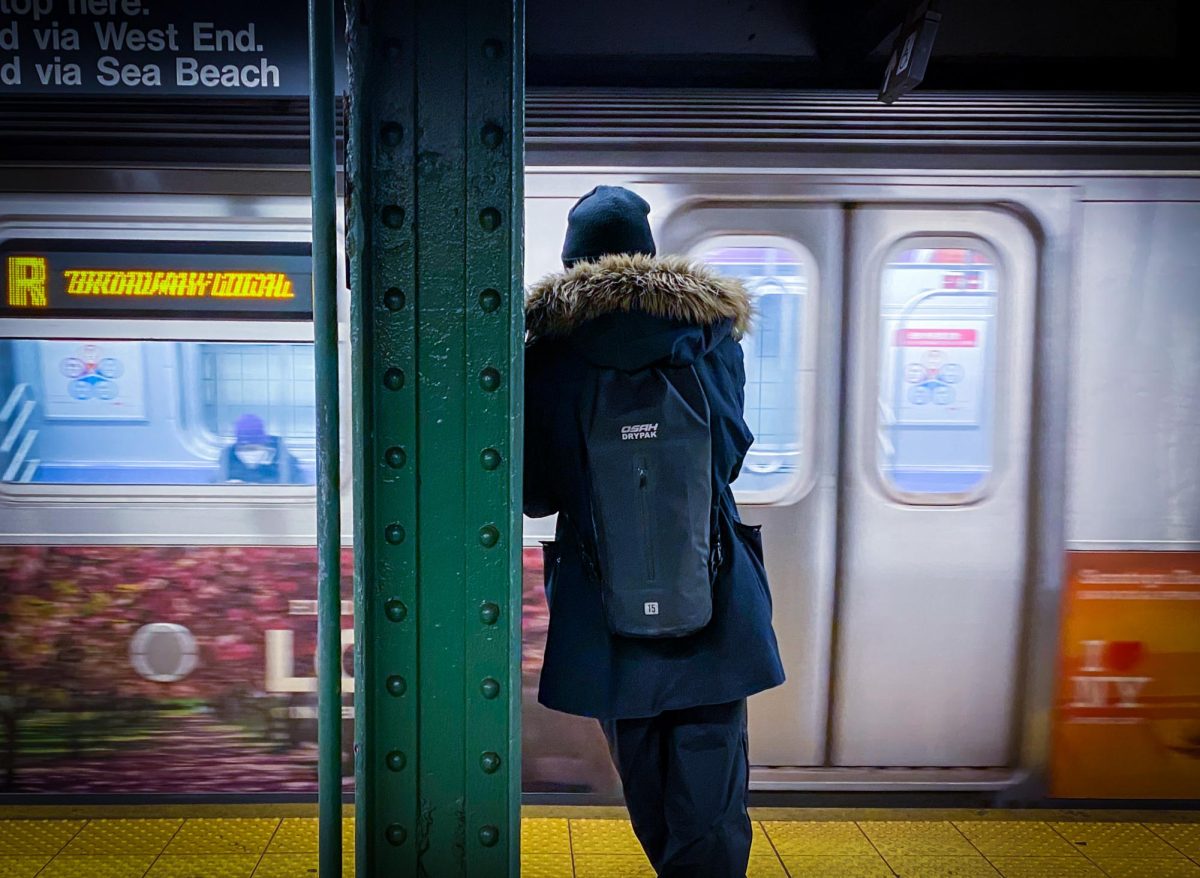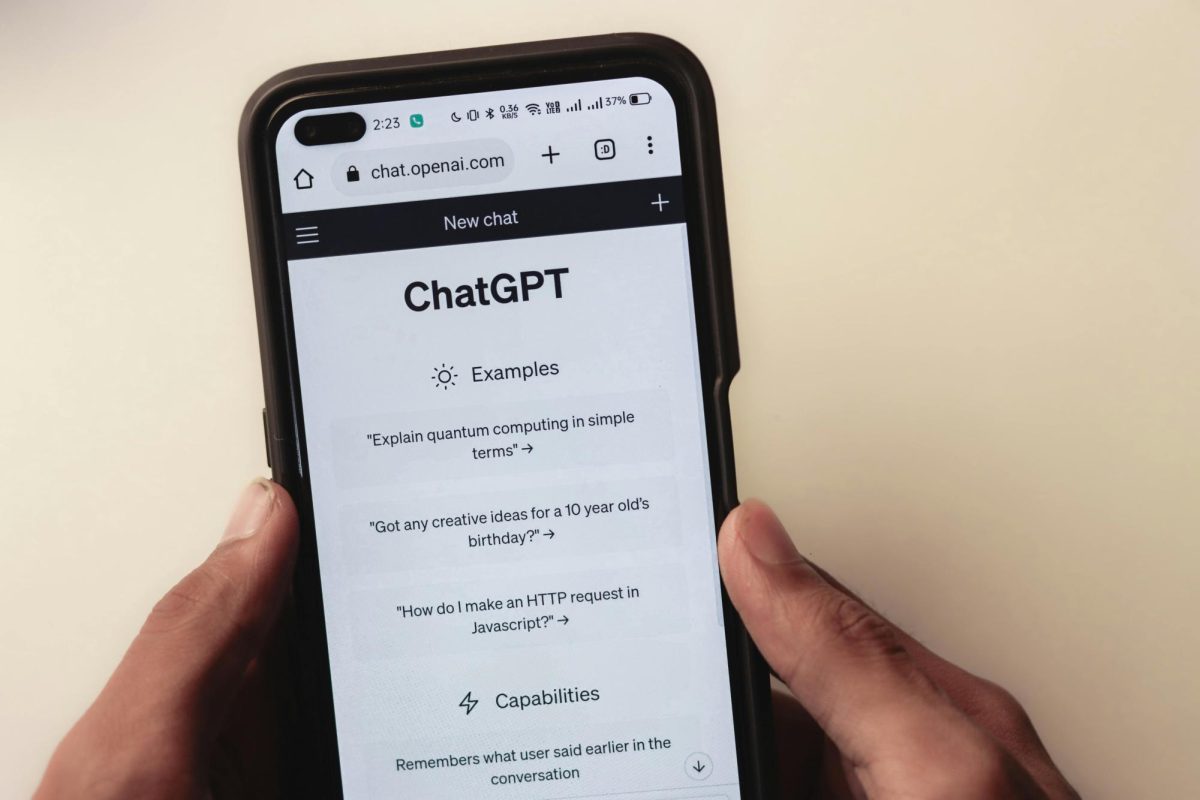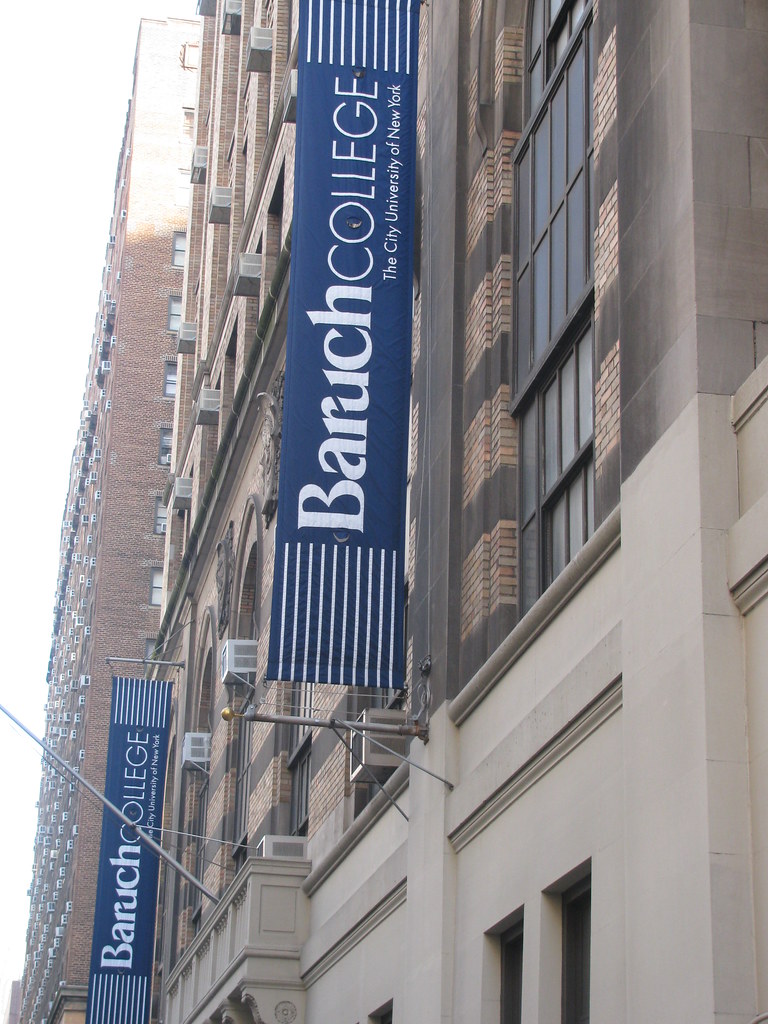New York City needs to prioritize the quality of healthcare and address issues such as overcrowding, language barriers and the accessibility of its services in the Bronx.
Underprivileged communities have been denied the necessary healthcare resources, leading to improper care. Sary Mao, a 57-year-old Cambodian refugee residing in the Bronx, died in a Montefiore hospital while she was a patient there.
She was found five days after her death, following a report of a foul odor coming from an emergency exit stairwell. Mao only spoke Khmer and was unable to read the notice on the stairs, as it said in English that it should be used as an emergency exit.
A police investigation found that she had fallen and died with no signs of foul play. Her cause of death was hypertensive cardiovascular disease, but the negligence of the NYC hospital should not be ignored.
The sign’s presentation in only English is problematic because of the diversity across the borough. According to population estimates in 2022, 58.2% of Bronx residents speak another language besides English at home.
An understanding of hospital signage, practices and discussions is crucial to the quality of medical care. Language interpreting resources should be placed in neighborhoods to reflect the large population of people who speak different languages.
Hiring language interpreters is essential and not investing in translators can cause miscommunication between staff and patients.
Furthermore, 44.3% of the Bronx County is made up of African Americans and 56.6% are of Hispanic origin. Minority groups are the Bronx primary demographic, so healthcare services should aim to suit their operations to guarantee the population’s wellbeing.
Montefiore Medical Center consists of ten hospitals that serve the Bronx. In 2022, they agreed to consolidate primary care sites and close down others. However, the borough has the highest rate of premature deaths and rates of chronic illness, according to Spectrum News.
These underserved communities continue to experience higher rates of illness. When companies prioritize profits, they also lose vital access to their local healthcare facilities.
The hospital claims this move will not disrupt the service Bronx residents receive. However, following the consolidation, hospitals saw an alarming increase in patients, resulting in overcrowding and longer wait times.
While scheduling appointments was always a challenge, it worsened as facilities closed.
Additionally, the patient surge and work overload of nurses and doctors impacted the caliber of health services offered.
Montefiore faced backlash from patients and staff. People were upset that they were forced to switch to clinics that are miles away from their usual doctors.
Visiting far clinics can be difficult for low-income families unable to make the extended trip because of money or time constraints. Families without access to a car can also complicate the distance, blocking their ability to receive treatment quickly.
While Montefiore has not made a public statement, Crain’s New York Business reported that the health system’s public records contained intentions of $500 million in savings.
Montefiore placed its focus on monetary interest by creating a Family Health Center that served as a one-stop shop for patients. Programs at the center include counseling for substance abuse, an HIV program, abortions up to 11 weeks, prenatal care and more.
The influx of people into a smaller number of institutions is dangerous for everyone because of the overcrowding of patients and the overworking of hospital staff.
Revoking the accessibility for the Bronx community to these medical programs will negatively impact the already dire healthcare system. Keeping facilities open and increasing the number of available interpreters and staff can help marginalized groups receive the care they need.








